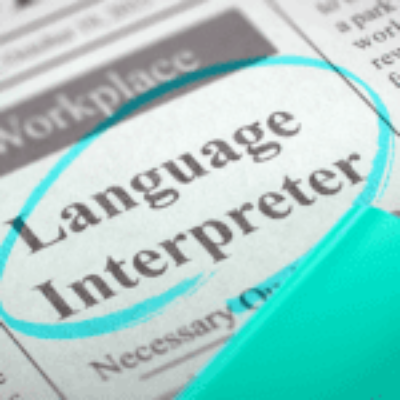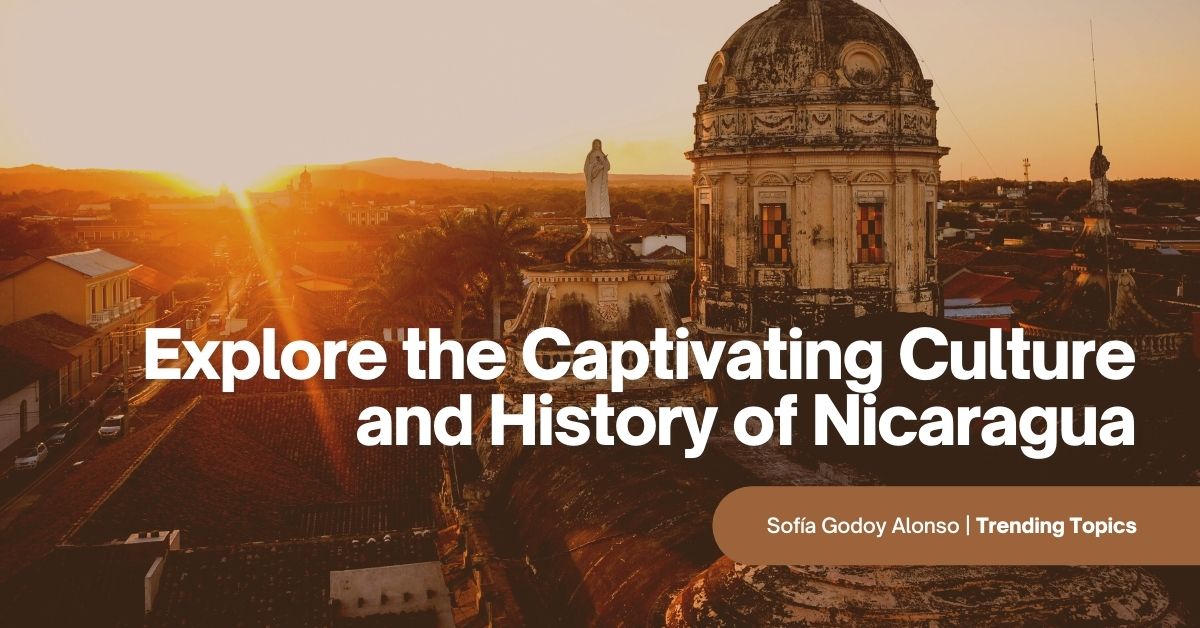
Explore the Captivating Culture and History of Nicaragua
Nicaragua is a land of volcanoes and great lakes that is considered one of Central America’s best-kept secrets. The country is home to a variety of beautiful travel destinations such as islands, colonial towns, nature reserves, and uncharted beaches.
A trip to Nicaragua is a fantastic Spanish immersion opportunity. Learning about the culture and exploring what Nicaragua has to offer, provides exceptional engagement opportunities for Spanish learners to practice conversation.
Pack your suitcase and take out your map! Keep reading for a full breakdown of Nicaragua’s history, captivating culture, and all the necessary details for planning an unforgettable trip to this magical country.
Brief History of Nicaragua
Nicaragua was first inhabited by indigenous groups that migrated from the Northern part of the American continent. These indigenous groups were the Maribios, Mangues, Chorotegas, Nicaraguas, and Maya. They settled near lakes and volcanoes and had a fully functioning trade route with other Maya groups from Mesoamerica.
In 1502, explorer Christopher Columbus arrived on the Nicaraguan Caribbean coast. His vessel made it to a cape he baptized as Gracias a Dios (Thank you God). The first land exploration the Spanish conquistadors did in Nicaragua was in 1522 and it was the starting point of a long period of colonization.
The Spanish rulers that took over Nicaragua, submitted the indigenous populations to a cruel ruling and slavery. At this time, Nicaragua also drew the attention of British buccaneers who tried multiple times to invade the country. The British formed an alliance with indigenous groups and took over certain portions of territory.
After Guatemala declared its independence from Spain in 1821; the news made it to Nicaragua. The country became part of the Central American federation and still struggled to become a sovereign nation. Finally, in 1883, Nicaragua declared itself an independent country from everyone.
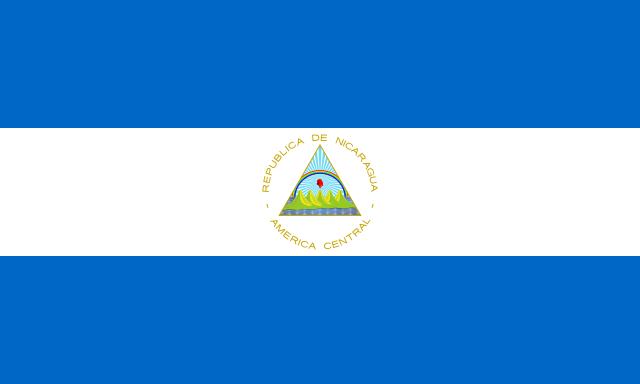
Nicaragua has a long history of foreign intervention. In 1909, President Adolfo Díaz allowed the United States Marines to enter the country in support of the Bryan Chamorro Treaty. The treaty allowed the US to build a canal across the Nicaraguan coast and occupy some areas to build military compounds.
The treaty sparked revolts around the country and was protested by Costa Ricans. It sparked a long battle between US troops and liberal guerilla leader, Augusto Sandino. The marines retired shortly after in the year 1933.
In 1937, Anastasio Somoza was appointed the new chief of state and began a long-ruling of terror for Nicaraguans. He was succeeded by his children and the Somoza family stayed in power until 1979.
In the 1980s, the Sandinistas gained momentum and were hoping to instate a land reform opposed by the United States. In response, the US government applied sanctions to Nicaragua and financed the Sandinista opposition groups known as the Contras.
Finally in 1989, after much social and political turmoil, a ceasefire was agreed by all parties who were part of the conflict.
President Daniel Ortega has been in charge of Nicaragua since 2007. Unfortunately, his government has exposed Nicaraguans to a financial crisis and to a large social discontent.
In 2018, the population took the streets demanding a Nicaraguan revolution and changes. This period of instability has prevailed under Ortega’s ruling exposing many Nicaraguans to harsh conditions of inequality and poverty.
The country is finally enjoying some peace after the protests. In spite of the harsh history, Nicaragua is a magnificent nation with a fascinating culture. It’s a highly popular destination for travelers from all over the world.
Nicaragua Highlights
Nicaragua’s official currency is the cordoba. One United States dollar is the equivalent to approximately thirty-five Nicaraguan cordobas.
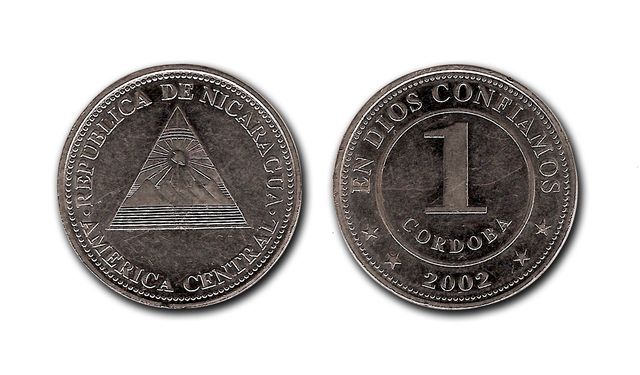
The population of Nicaragua is close to 7 million people. Sixty-nine percent identify as mestizo (mixed), seventeen percent are of European descent, and the rest identify as indigenous, west Indian, and garífuna. Nicaragua also has a large diaspora established in the United States and Costa Rica.
The official language of Nicaragua is Spanish. It’s spoken by 90% of the population and the country stands out for heavy use of voseo in conversation. There are seven other indigenous languages such as Garífuna, Miskito, Creole English, and Rama.
Get familiarized with The Use of Voseo in Spanish with this fun blog post.
Nicaragua’s culture is a consequence of Spanish, British, and native influences. The most popular religion is Catholicism and it plays a big role in the country’s festivities and holidays.
Nicaraguan Festivities
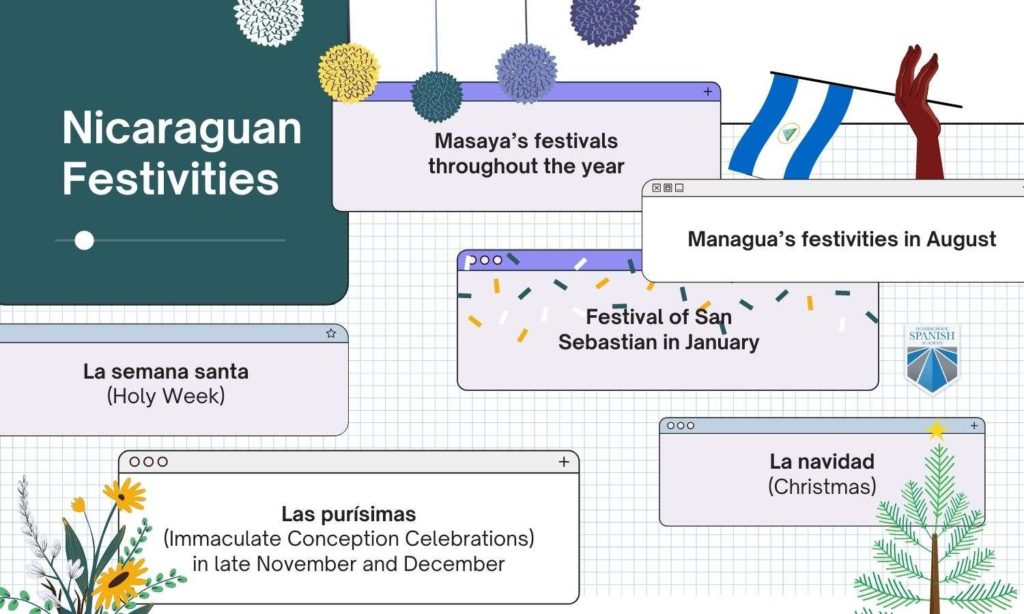
The blend between Catholicism and native traditions is the reason why most of Nicaragua’s festivities are tied to saints. It’s customary for every city and town to have its patron saint and hold a celebration in their honor each year.
During these festivals, faithfuls bring gifts to the patron saint and hold parades with music, traditional dances, and fireworks. These fiestas (festivals) usually go on until the next day. Nicaraguan celebrations are known to be joyful and highly amusing.
Some of Nicaragua’s most popular festivities are:
- Las purísimas (Immaculate Conception Celebrations) in late November and December
- La navidad (Christmas)
- La semana santa (Holy week)
- Masaya’s festivals throughout the year
- Festival of San Sebastian in January
- Managua’s festivities in August
Music and Arts
Nicaragua has a diverse music and arts scene. In the Caribbean, there are strong Afro-Latino rhythms and dancing.
Discover more about Afro-Latino heritage and culture in this entertaining article about 10 Famous Afro-Latinas Who’ve Made a Powerful Impact.
The national instrument of Nicaragua is the marimba, a wooden instrument of percussion. It’s usually accompanied by guitars and it’s beloved in the western and central parts of the country. Nicaragua’s marimba is completely different from other Central American countries. Nicaraguans play it sitting down and holding the instrument on their knees.

The nation is known for its worth of admiring artisan traditions. Nicaragua’s handmade ceramics and hammocks are famous among crafts enthusiasts from around the world.
Nicaragua and its complex history have appealed to narratives and literature from some of the most acclaimed authors in the Spanish-speaking world. Nicaragua itself is a hub for talented artists and figures. It’s the home of Ruben Darío, a poetry icon that has inspired thousands of writers of different backgrounds.
Gastronomy
Nicaragua’s cuisine carries Creole, Prehispanic, and European influences.
Nicaraguan food stands out for unique flavors in dishes like soups, meat stews, and sweets. Tropical fruits are also an important part of the diet.
El maíz (maize) is an essential ingredient and is used to prepare drinks like Chicha and Pinol. Nicaraguans prepare tamales, pupusas, and pozole. Like in other parts of Latin America, tortillas are a quintessential part of the local cuisine.
Read this appetizing article about South America’s Chicha Drink to learn more about the Nicaraguan version.
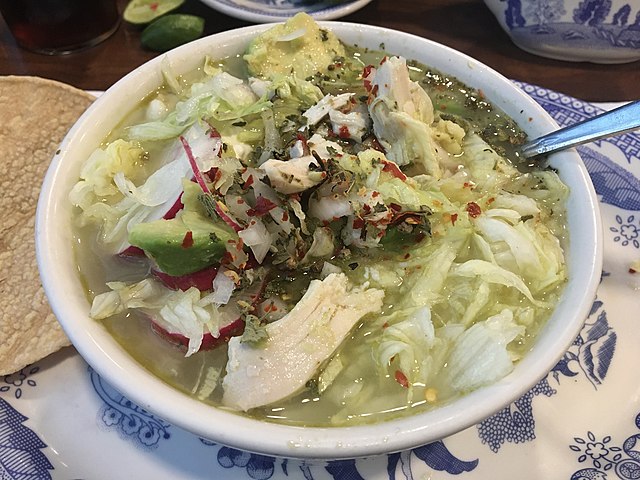
Getting to Nicaragua
Nicaragua’s cultural landscapes, the magnificent tropical and coastal sceneries, and the warm-welcoming people make it a chosen destination for Spanish learners.
Certain countries from Africa, the Middle East, Asia, and Latin America, and the Caribbean require a visa to enter Nicaragua. If travelers own a United States visa they can enter the country freely. Travelers from the United Kingdom, Australia, and the United States are free to enter Nicaragua and remain for up to 90 days with a valid passport for six months.
International flights connect Nicaragua’s capital, Managua, with the rest of the world. There are direct flights to major cities in the United States. Other Central American countries like Costa Rica and Panama offer connectivity with flights from Europe.
Nicaragua is also accessible by land from Guatemala, Honduras, and Costa Rica. Many travelers visit Nicaragua by bus as it allows them to cover different destinations. There are also ports that connect the islands by ferry.
What To Do
Nicaragua is a fantastic place for outdoor adventure fanatics and intrepid travelers. There are mountains, jungles, beaches, islands, volcanoes, and much more to explore.
The country’s tourism industry includes unique ecotourism journeys that involve ziplining and hiking in lush nature reserves.
The beaches of Nicaragua and the biodiversity on the coast make it an ideal place for surfing, snorkeling, scuba, sports fishing, and extreme adventures. Nicaragua is also known for its majestic volcanos. Sandboarding in Cerro Negro is one of the most popular activities.
Ometepe Island
La isla de Ometepe is the largest island in Lake Nicaragua. It’s also the largest island located in a freshwater lake in the world.
It was declared a Biosphere Reserve by UNESCO. It is home to captivating villages and magnificent beaches. There’s an incredible variety of biodiversity and petroglyphs from the indigenous cultures that first inhabited the area. Ometepe has two volcanoes, Maderas and Concepción.
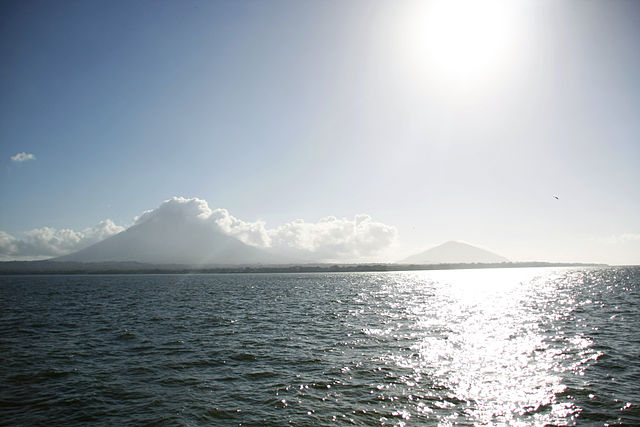
León
The city of León is another great example of Spanish-influenced architecture. The colonial site was declared UNESCO world heritage and is recognized for its magnificent history.
It’s a fantastic destination for students. It’s home to museums and to the largest cathedral in Central America, the Real Basílica Catedral de la Asunción. The city is close to the Cerro Negro volcano—the preferred destination for sandboarding. León also provides easy access to popular beaches.
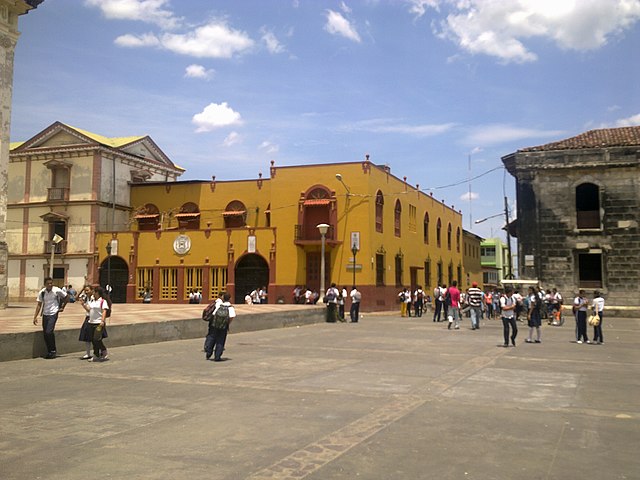
Masaya
Masaya is a charming town and cultural destination. It’s home to Nicaragua’s treasured folklore. It offers travelers the opportunity to admire traditional dances, music, and street performances. Masaya’s craft market is an interesting and popular site among travelers. You can buy the best souvenirs and handmade beauties.
Masaya has a lovely city center with plenty of bars, restaurants, hotels, and classic architecture. It was declared Nicaragua’s Cultural Heritage in 1989.
This small town is only thirty minutes away from Managua and offers amazing views of Masaya Volcano National Park and Lagoon.
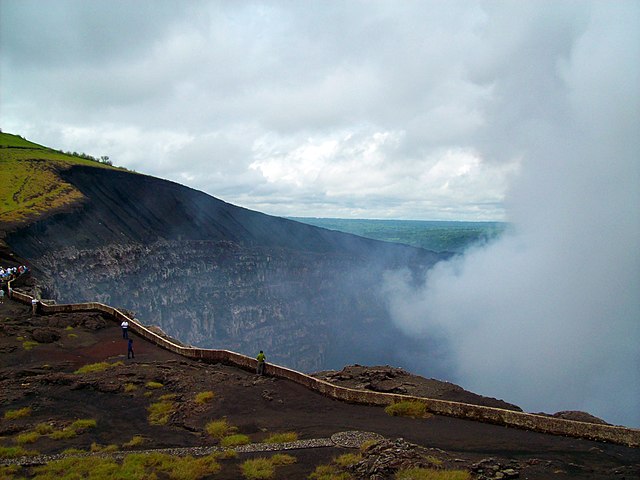
Great Corn and Little Corn Islands
These two islands are famous for their pristine white sand beaches and tropical landscapes.
The tourism infrastructure is rustic but makes it an ideal off-the-beaten path destination for disconnecting. The place is perfect to practice scuba diving due to the colorful coral reefs.
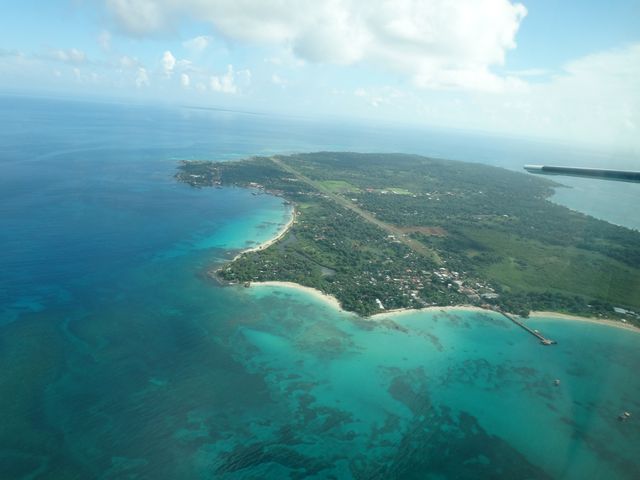
Matagalpa
The Matagalpa area stands out for being immensely productive. It’s made of mountains where rural tourism thrives. The region offers travelers connectivity to coffee routes, tobacco farms, and productive flower and produce farms where they can experience rural traditions.
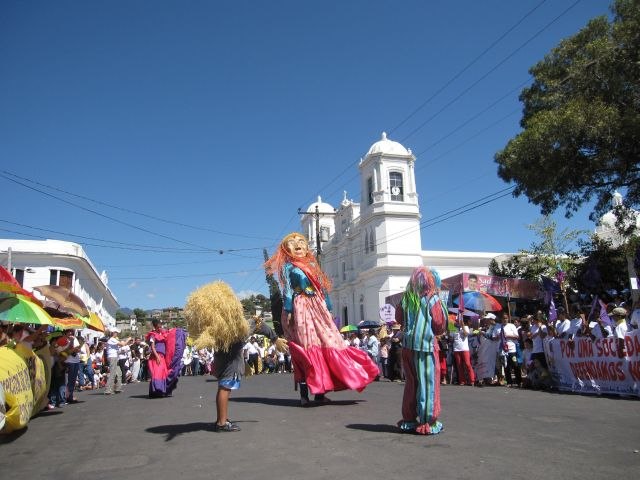
San Juan River
The Río San Juan connects Cocibolca Lake to the Caribbean Sea. The area is made of lush vegetation and charming villages. You can explore it by boat and admire alligators on the shores. It’s truly a unique journey.
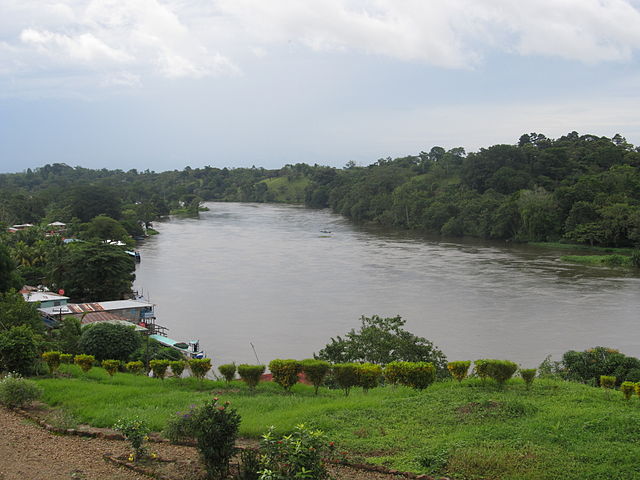
San Juan del Sur
San Juan del Sur is the coastal area of choice for both locals and travelers in Nicaragua. The white-sand beaches and bright blue waters are quite a view since the region is also surrounded by mountains.
This area of Nicaragua is considered a tropical paradise and attracts surfers from every corner of the world. San Juan del Sur is also a must-stop for cruise ships and nature lovers.
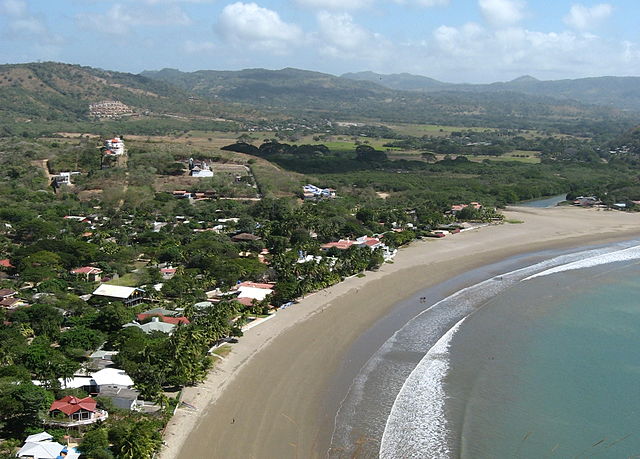
Granada
Granada is a colonial city with neoclassical architecture and picturesque streets. The city is almost 500 years old. It’s next to the largest lake in Central America, Nicaragua Lake. This impressive body of water has more than 300 small islands and 2 volcanoes.
Granada can be explored by foot and works as headquarters for many travelers who visit Nicaragua. There are cultural and outdoor activities for travelers of all ages.
Get more inspiration and read 10 Reasons Why Granada Is A “Must-See City” in Central America.

Visiting Nicaragua Now
Nicaragua’s recent history and news gained the country notoriety due to political instability and social insecurity in the capital, Managua. However, the country’s main tourist destinations focus on providing a safe environment for travelers. Tourism represents a large percentage of Nicaragua’s development and is a valued income for locals.
Travelers who wish to enter Nicaragua as the covid pandemic develops are required to present a negative PCR test no more than 72 hours old.
My best advice if you’re planning a trip is to do your research and plan ahead. Like in any other country, traveling to Nicaragua requires you to follow your instincts and stay sharp when moving around. Inform yourself with the protocols for safe travels and choose activities that allow you to experience both nature and culture outside.
After all, Nicaragua is a perfect destination for you to enjoy time outdoors while soaking up a new language.
Blend in and talk like a local during your visit with this fun lesson on Nicaraguan Slang Words.
¡Nos Vemos Pronto Nicaragua!
See you soon Nicaragua!
Experiencing a country like Nicaragua allows you to expand your global awareness on diversity and culture. You explore new places and practice Spanish consistently in different social scenarios.
Allow your trip to flow smoothly and sign up for a free class with our certified teachers from Guatemala. They prepare you with essential vocabulary that supports you for sightseeing, shopping, ordering food, and asking for directions with confidence.
Speaking Spanish is guaranteed to improve your travel experience and expand your communication skills to a whole new level.

Want to learn more about Latin American culture? Check out our latest posts!
- The Best Spanish Learning Podcasts for Kids
- 12 Contemporary Spanish Female Artists Who Will Empower You
- The History and Significance of Guatemalan Jade
- Are Bilingual Children More Likely to Experience a Speech or Language Delay?
- Top 10 Places to Visit in Guatemala City, Guatemala
- Learn About Hispanic History: Were Hispanics Slaves?
- Celebrating Culture and Joy: The Magic of Carnival in Spanish-Speaking Countries
- 15 Mouth-Watering National Dishes of Latin America
- Doing Chores at Home (Free Spanish Lessons for Kids) - February 5, 2025
- 12 Contemporary Spanish Female Artists Who Will Empower You - January 16, 2025
- 29 Cool and Catchy Spanish Phrases To Use With Friends [+Audio] - January 8, 2023

